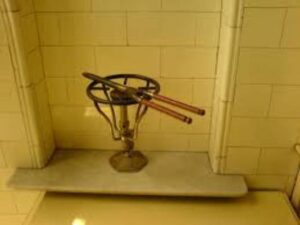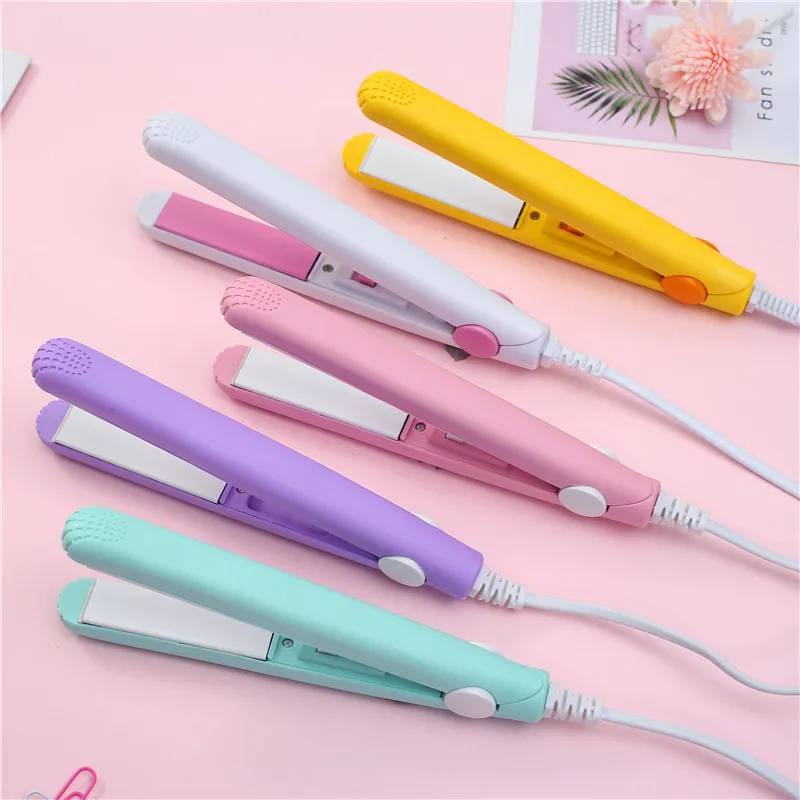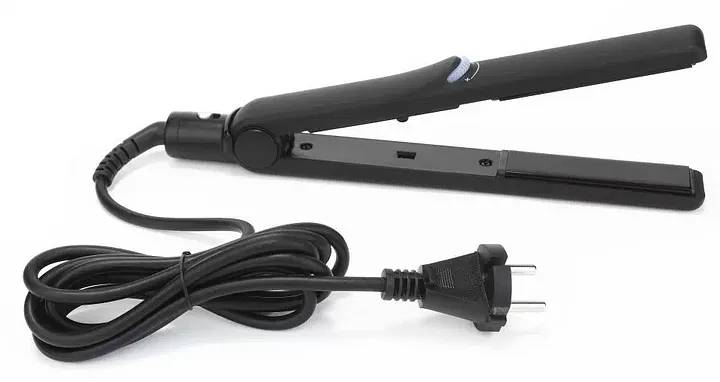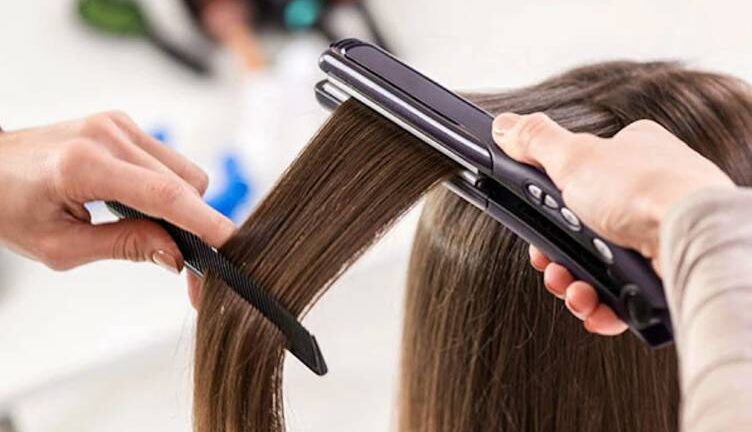The Evolution of Hair Straightener: From Ancient Times to Modern Tools
Hair straightening has a long and fascinating history. For many, straight hair is easier to manage and style. However, preferences vary—some people embrace their natural curls or waves. The key is feeling confident, no matter your hair type.
Straight hair has been a beauty standard for centuries, but achieving it has evolved significantly over time. From ancient tools to modern innovations, the journey of hair straightening reflects changing beauty standards and technological advancements. Let’s dive into the history of hair straightening and explore how it has transformed into the sleek, efficient tools we use today.
Egyptian Innovations
The quest for straight hair dates back to ancient Egypt. Women in ancient Egypt sought to control their curly hair using flat iron plates made from metal. They would heat these plates to press their hair straight. This early method was far from perfect; it often resulted in burns and injuries. Despite the risks, it marked one of the earliest attempts to achieve a sleek hairstyle.
 Victoria Sherrow’s Encyclopedia of Hair
Victoria Sherrow’s Encyclopedia of Hair
Fast forward to the 1800s, when women began using everyday objects for hair straightening. According to Victora Sherrow’s Encyclopedia of Hair: A Cultural History, female slaves used butter knives to improve the appearance of their hair. Around the 1840s, DIY hot combs started appearing in America and Europe. These early tools were rudimentary but effective in making hair look neater.
Post-slavery African Americans experimented with various methods to straighten their hair. They applied a mixture of egg, potato, and lye in hopes of achieving a straighter look. Unfortunately, this concoction often led to scalp burns and other issues. The process was hazardous, highlighting the need for safer alternatives.
Marcel Grateau’s Innovations; A Revolutionary Tool
The game changed in 1872 with the invention of a new hair styling tool by French stylist Marcel Grateau. His design marked a significant improvement over earlier methods. Grateau’s tool used heat but was designed to minimize hair damage and burns. This was a crucial step forward in the quest for safer hair straightening methods.
Lady Jennifer Bell Schofield’s Contribution
Around the same time, Scottish heiress Lady Jennifer Bell Schofield made her mark in hair styling history. She created a tool featuring metal plates attached to tongs. This design helped prevent burns to the hands, offering a more practical solution for achieving straight hair. Schofield’s innovation paved the way for future developments in hair straightening technology.
The Early 1900s: Advances and Innovations
Annie Malone’s Formula
In the early 20th century, African-American entrepreneur Annie Malone revolutionized hair care for those with kinky hair. Malone developed a formula that was safer and more effective than previous methods. Her product aimed to straighten hair without the harsh effects of lye mixtures. Malone’s contributions provided a better solution for African-American women seeking to manage their hair.
Madame CJ Walker’s Impact
Madame CJ Walker, born Sarah Breedlove, also played a crucial role in hair care innovation. Inspired by Malone’s products, Walker created her line of hair care products. Her line became widely popular and included a range of products designed to improve hair health and appearance. Walker’s products were not only effective but also marked a significant step in the commercialization of hair care.
Simon Monroe’s Flat Iron
The early 1900s saw the introduction of another important development in hair straightening technology. Simon Monroe patented a flat iron in 1906, which featured metal teeth functioning as a comb while straightening hair. This design became a benchmark for hot combs used in African-American households until the 1980s. Monroe’s flat iron represented a significant advancement in making hair straightening more accessible and efficient.
Isaac Shero’s Innovations: The Modern Era
Isaac Shero’s contributions to hair straightening technology were groundbreaking. By 1909, Shero introduced a version of the hair straightener with metal plates that glided smoothly over the hair. This design minimized damage and set the stage for modern flat irons. Shero’s innovations included the introduction of electrical and ceramic straighteners, further improving the efficiency and safety of hair straightening tools.
Heat Control Features
One of Shero’s major contributions was the addition of heat control settings to hair straighteners. This feature allowed users to adjust the temperature according to their hair type, reducing the risk of heat damage. Shero’s design improvements laid the foundation for the sophisticated tools we use today.
The Rise of Ceramic and Titanium Plates
As technology advanced, so did hair straightening tools. Ceramic plates became popular in the late 20th century due to their ability to provide even heat distribution. Ceramic straighteners, often referred to as using “ionic technology” or “far-infrared heating,” warm the hair from the inside out, reducing surface damage. This process increases moisture and shine, resulting in smoother hair with less heat damage.
Titanium straighteners
Titanium plates emerged as another major innovation. They heat up quickly and maintain high temperatures, making them ideal for those in a hurry. Titanium straighteners are durable, lightweight, and suitable for all hair types, including naturally curly hair. Their versatility and efficiency have made them a favorite among professionals and consumers alike.
Plate Width and Versatility
Modern straighteners come in various plate widths, catering to different hair types and lengths. Wider plates are ideal for long, thick hair, while narrower plates work well for shorter or finer hair. Additionally, straighteners are now used not just for straightening but for creating curls and waves, offering more styling options.
Recent Developments: Wet-to-Dry and Heated Brushes
Wet-to-Dry Straighteners
Recent innovations include wet-to-dry straighteners, which allow users to style their hair immediately after a shower. These tools feature a venting system that removes excess moisture from damp hair, converting it into steam. This process helps retain natural moisture while reducing heat damage. Wet-to-dry straighteners offer a convenient way to style hair quickly and efficiently.
Heated Brushes
Another recent development is the heated brush, introduced by Sharon Rabi in 2015. Unlike traditional straighteners, heated brushes have a heated plate integrated into the bristles. The tips of the bristles remain cool to the touch, reducing the risk of burns and injuries. Heated brushes are gentle on the hair and can be a kinder alternative to blow drying. However, they may not be suitable for very curly or dry hair that requires higher heat for effective straightening.

How to Know When to Upgrade Your Hair Straightener
Even the best hair straighteners have a lifespan. Here are some signs that it might be time to replace your tool:
- Coarse or Rusty Plates: If your straightener feels coarse on your hair or emits a rusty smell, it may be due to a build-up of hair products or damage to the plates. Regular cleaning can help, but severe build-up may require a new tool.
- Flashing Indicator Lights: Constantly flashing indicator lights often indicate a malfunction. If your straightener no longer heats evenly or requires multiple passes to straighten your hair, it may be time for an upgrade.
- Inconsistent Heating: If your straightener fails to maintain a consistent temperature, it can lead to uneven results and potential damage. A new tool with better heat control features may be necessary.

Embracing Modern Hair Straightening
Today, we have a wide array of hair straightening tools and treatments available. From traditional flat irons to advanced wet-to-dry straighteners and heated brushes, there’s something for everyone. Modern hair straightening has come a long way since the days of ancient Egyptian iron plates. Thanks to the innovations of pioneers like Marcel Grateau, Annie Malone, and Isaac Shero, we now have efficient, safer, and more versatile options.
The Evolution of Sleek
So, embrace your hair journey—whether you’re using the latest straightening tools or sticking with your natural texture. Confidence is the key to making any hairstyle work, and with the right tools, you can achieve the look you desire with ease.

